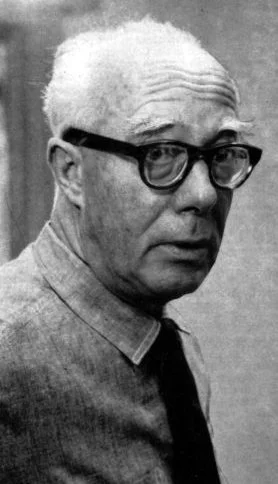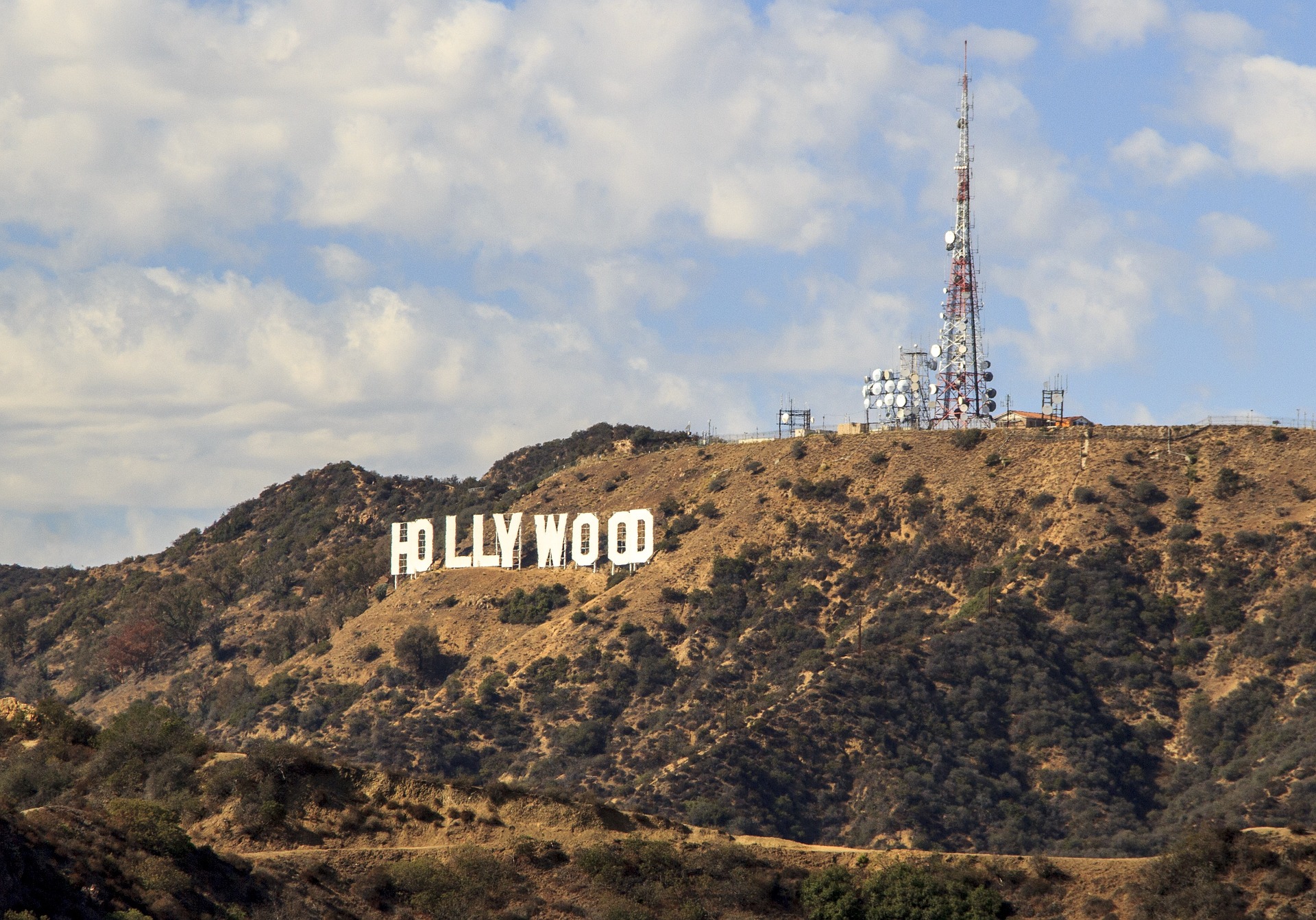- Portrait

Roberto Gerhard is one of the great unknowns of twentieth-century music. This has a lot to do with the uprooting from his Catalan homeland. As the son of foreign parents, he was often denied a right to belong anyway. Both musically and geographically, Gerhard was a wanderer.
Stravinsky is said to have remarked that a composer should always carry his passport around with him, by which he meant that every musician should be able to prove his musical origins. But in the case of Roberto Gerhard a glance at his personal documents is likely to lead us astray. Robert Gerhard i Ottenwaelder was born in Valls, a village in the Catalan province of Tarragona, on 25 September 1896.
In keeping with Catalan custom, he bore not only the name of his Swiss-German father, to whom he owed a Swiss passport, but also the name of his mother, who hailed from Alsace. In other words, there can be no question of any Spanish roots, still less of any Catalan origins, and yet during his childhood he was marked by Catalan culture and by the Catalan language to such an extent that he could indeed be described as Catalan through and through. Catalan, Spanish and French were the languages with which he grew up. Only later did he perfect his knowledge of German – his father’s language – in Vienna and Berlin, while English became the language that he spoke during his years of exile in Cambridge, England.
His journey through life took him initially to Lausanne, where at the insistence of his father, a wine exporter, he studied commerce, only for him to abandon his course and enrol at the Munich Conservatory. But the outbreak of the First World War forced him to return to Catalonia after only a few months of study. He took piano lessons with Enrique Granados in Barcelona and – in the wake of Granados’s tragic death in 1916, when the vessel in which he was travelling back to Europe from America was torpedoed by a German submarine – with Granados’s successor, Frank Marshall. In 1916 he also became a pupil of Felip Pedrell, the doyen of Spanish ethnomusicology, who taught Granados, Albéniz and Falla.
Gerhard proved successful at creating a style that represents an amalgam of Gallic refinement à la Ravel and the musical idioms of his native Catalonia, and yet he felt that he was on the wrong track. He withdrew from public performance and continued to study on his own. Schoenberg’s Theory of Harmony, which had first appeared in 1911, became his Bible. In October 1923 he wrote a long letter to Schoenberg in Vienna, seeking his help. Schoenberg was impressed and moved, the young Catalan composer’s ethos perhaps reminding him of his own quest and his rejection of academic doctrines. Gerhard became Schoenberg’s pupil in December 1923, following him to Berlin in 1925, when Schoenberg took over Busoni’s masterclass at the Prussian Academy of Arts.
Tradition and avant-garde
Gerhard returned to Barcelona in 1929 and became one of the driving forces in the cultural life of Catalonia. Together with two of his friends, the painter Joan Miró and the architect Josep Lluís Sert, he founded the Secessionist group Amics de l’Art Nou (Friends of New Art) – another of its members was Salvador Dalí – and brought Catalonia’s leading composers together in an Association of Independent Composers of Catalonia.
In the debate over the extent to which avant-garde art could be grounded in folkloric traditions, Gerhard appealed to Béla Bartók as a witness for the defence: “Artists are free to approach their models with whatever technique they choose, however advanced it might be. […] This marvellous process of transubstantiation through which Bartók’s music absorbs the folk-culture of his home country and turns it into musical essences representative of modern art-music and its sonorities, responding at the same time to the advanced ideas in the unstoppable evolution of our Western tradition is, in my opinion, the most significant lesson that Catalan musicians should extrapolate from this Hungarian master.” As a pupil of Schoenberg and an admirer of Stravinsky, Gerhard provides us here with the most important key to understanding his own creative output, and he does so by finding more and more new ways of balancing the complicated relationship between tradition and the avant-garde.
With the establishment of the autonomous Catalan Government in 1932, Gerhard was invited to sit on a newly created advisory council at the Ministry of Fine Arts. As one of the leading representatives of the culture of Republican Catalonia, he inevitably found himself on the Fascists’ blacklist, and when Barcelona fell to Franco at the end of January 1939, he fled with his wife to Paris. Thanks to Edward Dent, Gerhard was offered a one-year fellowship at King’s College in Cambridge, and here he remained in the safety of his English exile. Here, too, he hispanicized his first name as Roberto – any trace of a possible German extraction had to be expunged following the National Socialists’ attack on Great Britain in the summer of 1940. Gerhard himself described his status as an exile as a “blessing in disguise”: his existentialist self-reliance was at odds with his instinct to be intellectually free.
Schoenberg as a father figure
In England, Gerhard’s style evolved in the direction of an undogmatic serialism, with twelve-note technique applied to the microstructure and macrostructure of each composition’s organizational design. Perhaps it is significant that his definitive acceptance of Schoenberg as a father figure took place only after Schoenberg’s death, and went hand in hand with his rejection of the musical influences of his childhood and adolescence. His music became more dissonant, more virile, his dominant use of percussion instruments linking him to Varèse, while massive agglomerations of sound and unusual effects that reflect his interest in electronic music, provide a connection with Polish sonorism. Reflected here is an awareness of life that has its counterpart in the existentialist philosophy of Sartre and Camus. Gerhard’s cantata The Plague is based on Camus’ La peste and dates from 1964, four years after the admired writer’s tragic death in a car accident. It is one of the most important oratorios of the second half of the twentieth century.
To define Roberto Gerhard’s place in the history of music is an attractive proposition but one that is ultimately bound to fail, since his complicated life makes it hard to sustain the sort of stereotyping that insists on assigning to him a single unequivocal nationality. Despite the outstanding role that he played in Catalan music in the 1930s, it was not until long after Franco’s death in 1975 that his music was properly evaluated in his native country. Indeed, his Catalan colleagues even took the extreme step of denying his Catalan identity, not only drawing attention to his Swiss passport but also arguing, as Manuel Valls did in 1960, that his espousal of serialism rendered his music “rootless”.
In England, he was regarded as a pioneer of new music who had a tremendous influence on the post-war avant-garde – the English composer Anthony Payne even described Gerhard as “something of a father figure for my generation”. And yet even here Gerhard remains an outsider whose music is rarely performed. And yet this music leaves us in no doubt about his identity. Up to and including his final apparently abstract experiments in tape composition, there is barely a piece that is not directly or indirectly influenced by his Catalan and Spanish heritage – and by the wound that the Spanish Civil War left on him. Even though they were written in exile in England (or perhaps precisely because of that circumstance), works such as his only opera The Duenna and his ballet Don Quixote are among the absolute high points of Spanish music of the twentieth century.

Schoenberg revealed
Arnold Schoenberg was one of the most important composers of the 20th century. In addition to his work as a composer, Schoenberg was also a painter, an inventor and a theoretician.

Arnold Schoenberg in exile
In the 1940s, composers, writers, visual artists and other intellectuals who had fled the Nazis gathered in Los Angeles.

“The Reichsorchester”
The Berliner Philharmoniker in the National Socialist era